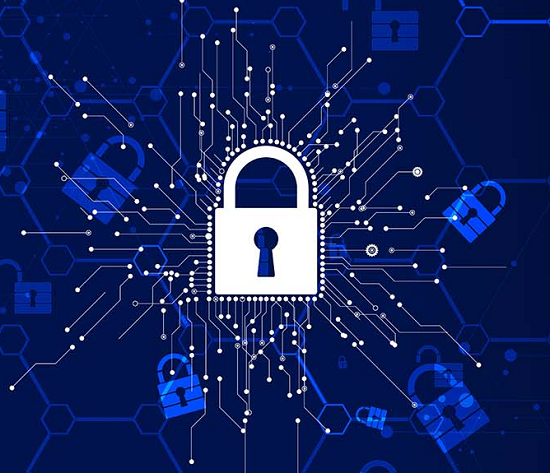5 Firewall Tips

When it comes to safeguarding your digital assets, few tools are as crucial as a well-configured firewall. This ubiquitous security solution acts as the first line of defense against an ever-evolving array of cyber threats, from malicious hackers to sophisticated malware. Here, we delve into five key firewall tips designed to enhance your network’s security posture, ensuring that your data and systems remain protected from the myriad dangers lurking in the digital shadows.
1. Understand Your Firewall Options
Before diving into the nuances of firewall configuration, it’s essential to understand the types of firewalls available. These include:
- Hardware Firewalls: Typically found in routers, these physical devices protect entire networks from external threats. They are particularly useful for securing home networks or small businesses.
- Software Firewalls: Installed on individual devices, software firewalls offer more granular control over what enters and leaves a specific computer or server. They are crucial for protecting against threats that might originate from within the network.
- Next-Generation Firewalls (NGFWs): These advanced firewalls incorporate additional security features such as deep packet inspection, intrusion prevention, and sandboxing to combat complex threats.
Each type of firewall has its own set of advantages and is suited to different scenarios. Understanding which is best for your needs is the first step in effectively securing your digital environment.
2. Configure Your Firewall Correctly
Proper configuration is key to a firewall’s effectiveness. This involves:
- Enabling it: First and foremost, ensure that your firewall is turned on. Many devices come with the firewall disabled by default.
- Default Deny Policy: Adopt a default deny policy where all incoming and outgoing connections are blocked unless explicitly allowed. This approach minimizes the attack surface.
- Rules and Exceptions: Create rules that allow necessary traffic (e.g., HTTP for web browsing, SMTP for email) while keeping all other traffic blocked. Be cautious with exceptions to prevent unintended vulnerabilities.
- Regular Updates: Keep your firewall software and firmware up to date to protect against newly discovered vulnerabilities.
3. Monitor and Log Firewall Activity
Monitoring firewall logs is crucial for identifying potential security issues before they escalate. This involves:
- Regular Log Reviews: Periodically review firewall logs to detect unusual patterns or attempts to breach your security.
- Alert Systems: Implement an alert system for critical events, ensuring you’re notified immediately if a significant threat is detected.
- Analysis Tools: Utilize analysis tools to help decipher log data, making it easier to pinpoint and respond to threats.
4. Implement Additional Security Measures
No security solution operates in isolation. Firewalls are most effective as part of a layered security approach. Consider implementing:
- Antivirus Software: To protect against malware that might bypass the firewall.
- Virtual Private Networks (VPNs): For encrypting internet traffic when using public Wi-Fi.
- Intrusion Detection and Prevention Systems (IDPS): To identify and block suspicious activity that the firewall might miss.
5. Educate and Maintain
Finally, maintaining a secure environment requires ongoing effort and education. This includes:
- User Education: Ensure all users understand the importance of firewall security and how to avoid inadvertently compromising it (e.g., clicking on phishing links).
- Regular Maintenance: Regularly update and patch your firewall, along with other security software, to ensure you have the latest protections against emerging threats.
- Performance Monitoring: Keep an eye on your firewall’s performance. Overly restrictive rules can impede network performance, while under-protective settings can leave you vulnerable.
How often should I update my firewall rules?
+Firewall rules should be updated as frequently as necessary to reflect changes in your network or security needs. This could be weekly, monthly, or quarterly, depending on your environment's dynamism and the threats you face.
What are the advantages of using a next-generation firewall?
+Next-generation firewalls offer advanced security features beyond traditional stateful firewalls, including deep packet inspection, sandboxing, and intrusion prevention. These capabilities help in detecting and preventing sophisticated attacks that might evade traditional security measures.
Can I use a software firewall and a hardware firewall together?
+In conclusion, a firewall is a foundational element of digital security, but its effectiveness greatly depends on how it’s configured, maintained, and integrated with other security measures. By following these tips and staying vigilant, you can significantly enhance your network’s security posture and safeguard your digital assets in an increasingly hostile online environment.



